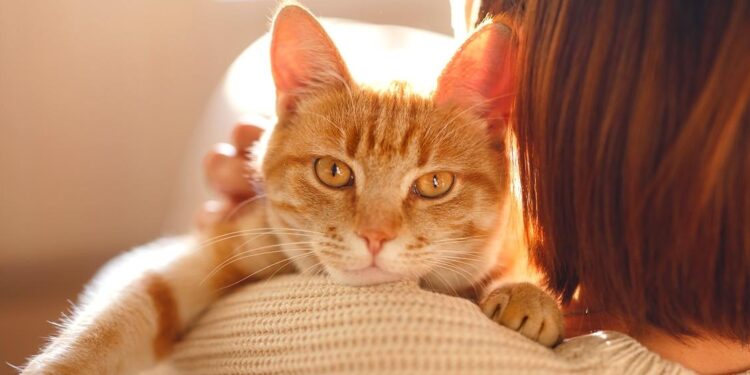Decoding the Genetics of Orange Cats: A New Era in Feline Research
In a remarkable advancement that enhances our comprehension of feline genetics, researchers have successfully identified the gene responsible for the vibrant orange coloration found in domestic cats. This discovery not only deepens our insight into cat genetics but also clarifies the intricate relationship between genetic factors and coat color in these cherished pets. A team from [insert institution name] has isolated the “O” gene, which has long been theorized to play a crucial role in pigmentation. Their research, featured in the latest edition of [insert journal name], provides fresh perspectives on how this gene interacts with others to create the vivid colors that many cat lovers admire. As interest grows around feline genetics, this study represents a pivotal advancement in understanding what contributes to a cat’s colorful fur.
Deciphering the Genetic Secrets of Orange Cats
Recent breakthroughs have illuminated the captivating genetic mechanisms behind orange cats’ striking coats. The specific gene known as O gene is central to producing pheomelanin, which gives these felines their warm and eye-catching hues. By conducting detailed genetic mapping and analysis, scientists have established that this gene not only determines how intense an orange coat can be but also interacts with other genes that influence various coat patterns and colors. Thus, it serves as more than just a simple switch for color; it plays a significant role across different aspects of feline appearance and behavior.
The implications of understanding this O gene are profound for both feline genetics and breeding practices. By identifying markers linked to this particular gene, breeders can make educated choices aimed at promoting desirable traits while maintaining genetic diversity within their breeding programs. Furthermore, exploring the O gene opens avenues for deeper insights into other coat colors and patterns among different breeds—highlighting just how complex feline inheritance truly is.
- Color Influence: Determines variations within shades of orange.
- Gene Interactions: Alters patterns such as tabby or solid appearances.
- Evolutive Insights: Offers clues regarding adaptation processes among felines.
| Cot Color Variation | Causal Gene Interaction |
|---|---|
| Pure Orange | Dominance of O Gene |
| Tiger Stripe Orange (Tabby) | The interaction between O Gene and T Gene |
Impact on Feline Genetics Research and Breeding Strategies
This recent identification linking a specific genetic marker to orange coats carries significant ramifications for both research into feline genetics as well as practical breeding strategies. With access to these scientific findings, breeders are better equipped to make informed decisions regarding pairings based on genetic compatibility. Understanding how theO Gene affects physical traits can help reduce hereditary health issues by allowing breeders to evaluate potential risks associated with their breeding stock more effectively—ultimately leading towards healthier populations overall.
Additionally, insights gained from this groundbreaking research could foster collaborative initiatives involving researchers alongside breeders or pet owners alike; potential projects might include:
- Workshops focused on ethical breeding practices;
- < strong >Research collaborations aimed at uncovering additional coat colors or patterns;
- < strong >Community outreach efforts to encourage adoption rates among mixed-breed cats;
< /ul >This collective effort will not only enhance knowledge surrounding feline genetics but also strengthen relationships between humans & their furry companions while promoting responsible pet ownership & showcasing diverse beauty found within various breeds!
Conclusion: The Future Awaits Us!
The journey toward unraveling why some cats sport such vibrant shades has led scientists down an exciting path filled with discoveries about key genes influencing coloration! Through examining complexities inherent within animal genomes we gain valuable insight into biological processes governing everything from appearance through behavioral tendencies—all contributing towards enriching our appreciation for domesticated animals! As we continue expanding upon genomic knowledge base further studies may yield even greater revelations concerning breed characteristics along health implications ultimately enhancing lives shared together by humans & pets alike!





























